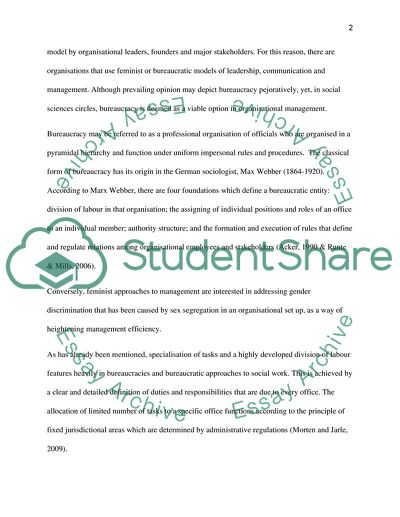Cite this document
(“Compare and contrast the Feminist and bureaucratic perspectives of Essay”, n.d.)
Retrieved from https://studentshare.org/sociology/1630600-compare-and-contrast-the-feminist-and-bureaucratic-perspectives-of-organisational-theory
Retrieved from https://studentshare.org/sociology/1630600-compare-and-contrast-the-feminist-and-bureaucratic-perspectives-of-organisational-theory
(Compare and Contrast the Feminist and Bureaucratic Perspectives of Essay)
https://studentshare.org/sociology/1630600-compare-and-contrast-the-feminist-and-bureaucratic-perspectives-of-organisational-theory.
https://studentshare.org/sociology/1630600-compare-and-contrast-the-feminist-and-bureaucratic-perspectives-of-organisational-theory.
“Compare and Contrast the Feminist and Bureaucratic Perspectives of Essay”, n.d. https://studentshare.org/sociology/1630600-compare-and-contrast-the-feminist-and-bureaucratic-perspectives-of-organisational-theory.


